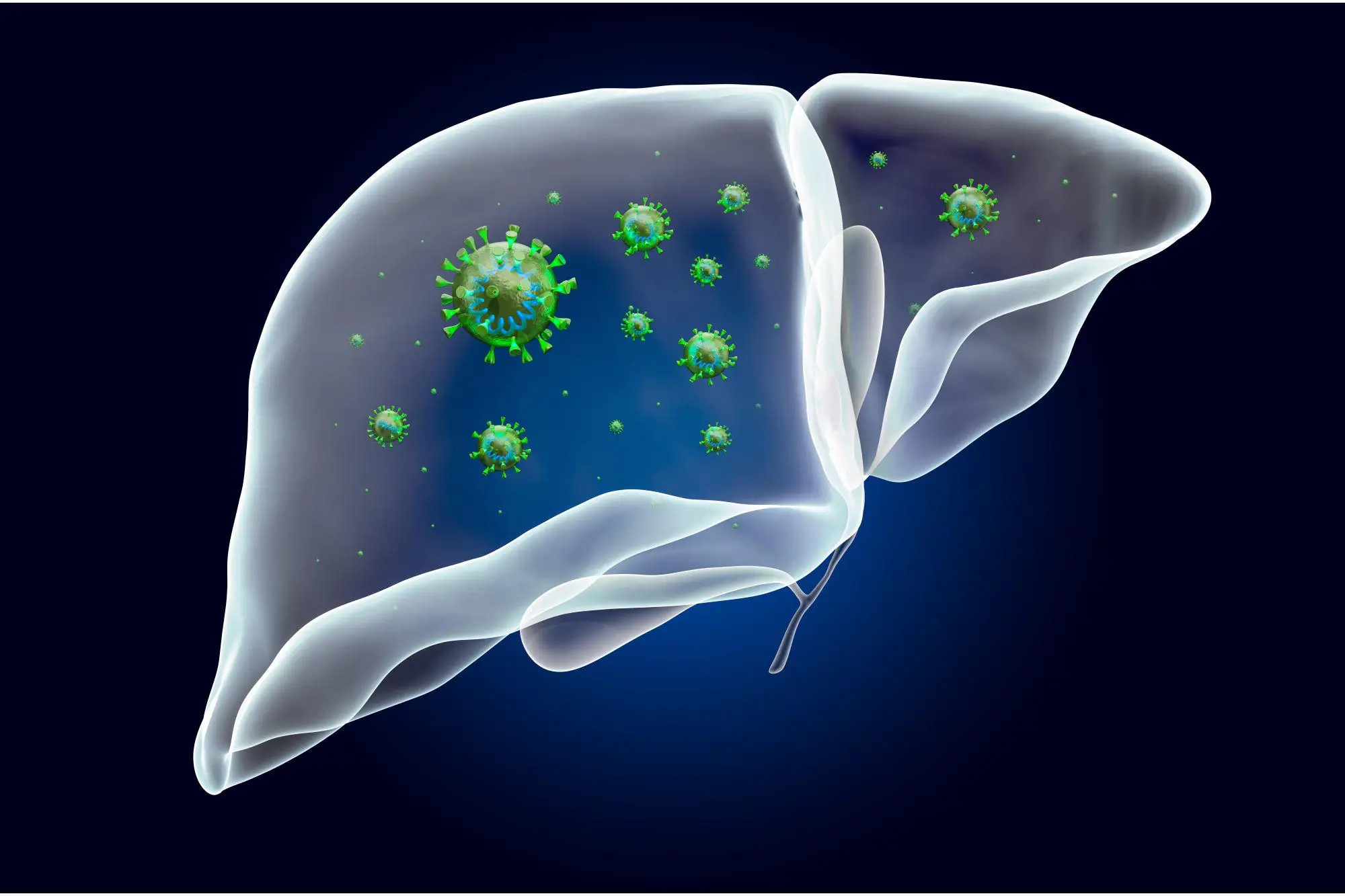

Hepatitis is a viral infection that causes inflammation of the liver. It can be acute, meaning it develops suddenly and lasts for a short time, or chronic, meaning it persists for a long period of time. The most common types of hepatitis are A, B, and C, each of which is caused by a different virus.
A recent study led by researchers at UC San Francisco is making progress in uncovering the reasons behind a puzzling outbreak of acute severe hepatitis in healthy children that emerged in the spring of 2022, following the easing of COVID-19 lockdowns in 35 countries, including the United States.
The occurrence of pediatric hepatitis is uncommon and doctors were alarmed when they began to observe unexplained severe outbreaks. To date, approximately 1,000 cases have been reported, with 50 of these children requiring liver transplants and a minimum of 22 resulting in death.
In the study, published on March 30 in Nature, researchers linked the disease to co-infections from multiple common viruses, in particular a strain of adeno-associated virus type 2 (AAV2). AAVs are not known to cause hepatitis on their own. They need “helper” viruses, such as adenoviruses that cause colds and flu, to replicate in the liver.
Once they returned to school, children were more susceptible to infections with these common pathogens. The study suggests that for a small subset of these children, getting more than one infection at the same time may have made them more vulnerable to severe hepatitis.
“We were surprised by the fact that the infections we detected in these children were caused not by an unusual, emerging virus, but by common childhood viral pathogens,” said Charles Chiu, MD, Ph.D., professor of laboratory medicine and medicine in the Division of Infectious Diseases, director of the UCSF Clinical Microbiology Laboratory, and senior author of the paper.
“That’s what led us to speculate that the timing of the outbreak was probably related to the really unusual situations we were going through with COVID-19-related school and daycare closures and social restrictions,” Chiu said. “It may have been an unintended consequence of what we have experienced during the last two-to-three years of the pandemic.”
By August 2022, clusters of cases were reported in 35 countries, including the U. S., where 358 cases were under investigation. The Centers for Disease Control and Prevention (CDC) launched an investigation into the causes.
Testing for Viruses
To conduct the study, which was backed by the CDC, researchers used polymerase chain reaction (PCR) along with various metagenomic sequencing and molecular-testing methods to examine plasma, whole blood, nasal swab and stool samples from 16 pediatric cases in six states — Alabama, California, Florida, Illinois, North Carolina, and South Dakota — from Oct. 1, 2021, to May 22, 2022. The specimens were compared with 113 control samples.
In genotyping the 14 available blood samples, adeno-associated virus 2 (AAV2) was detected in 93% of the cases and human adenoviruses (HAdVs) were found in all the cases; a specific type of adenovirus linked to gastroenteritis (HAdV-41) was found in 11 cases. Additional co-infections with Epstein-Barr, herpes, and enterovirus were found in 85.7% of cases.
Chiu noted the results mirrored the findings of two concurrent studies conducted in the United Kingdom, which identified the same AAV2 strain. All three studies identified co-infections from multiple viruses, and 75% of the children in the U.S. study had three or four viral infections.
Since AAVs are not considered pathogenic on their own, a direct causal link with severe acute hepatitis has yet to be established. The study notes, however, that children may be especially vulnerable to more severe hepatitis triggered by co-infections. While infections from adeno-associated viruses can occur at any age, the peak is typically between 1 and 5 years old, and the median age of the affected children in the study was 3 years old.
The clusters of acute severe hepatitis in children have recently waned, but Chiu said the best way to protect children from this unlikely outcome is by washing hands frequently and staying home when sick.
Reference: “Adeno-associated virus type 2 in US children with acute severe hepatitis” by Venice Servellita, Alicia Sotomayor Gonzalez, Daryl M. Lamson, Abiodun Foresythe, Hee Jae Huh, Adam L. Bazinet, Nicholas H. Bergman, Robert L. Bull, Karla Y. Garcia, Jennifer S. Goodrich, Sean P. Lovett, Kisha Parker, Diana Radune, April Hatada, Chao-Yang Pan, Kyle Rizzo, J. Bradford Bertumen, Christina Morales, Paul E. Oluniyi, Jenny Nguyen, Jessica Tan, Doug Stryke, Rayah Jaber, Matthew T. Leslie, Zin Lyons, Hayden D. Hedman, Umesh Parashar, Maureen Sullivan, Kelly Wroblewski, M. Steven Oberste, Jacqueline E. Tate, Julia M. Baker, David Sugerman, Caelin Potts, Xiaoyan Lu, Preeti Chhabra, Pediatric Hepatitis of Unknown Etiology Working Group, L. Amanda Ingram, Henry Shiau, William Britt, Luz Helena Gutierrez Sanchez, Caroline Ciric, Christina A. Rostad, Jan Vinjé, Hannah L. Kirking, Debra A. Wadford, R. Taylor Raborn, Kirsten St. George and Charles Y. Chiu, 30 March 2023, Nature.
DOI: 10.1038/s41586-023-05949-1
The study was funded by the Biomedical Advanced Research and Development Authority, the National Institute of Child Health and Human Development, and the U.S. Centers for Disease Control and Prevention.

